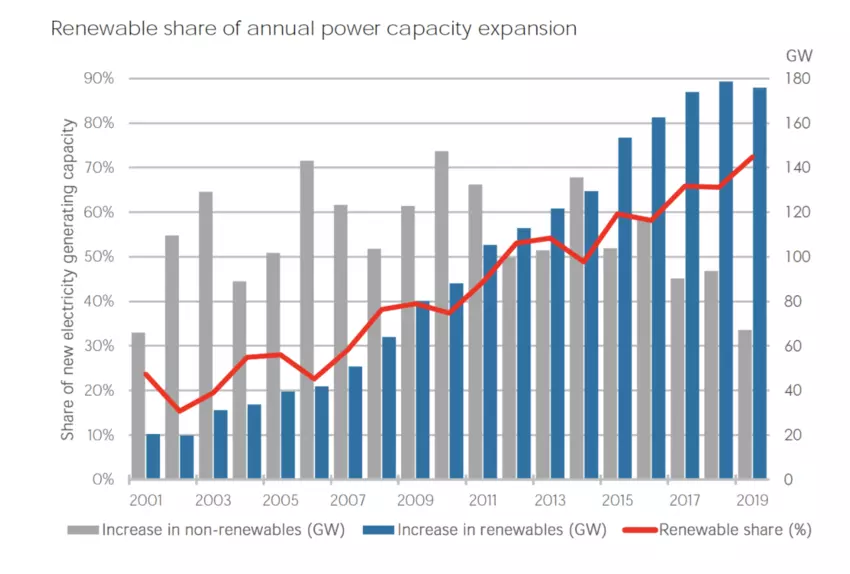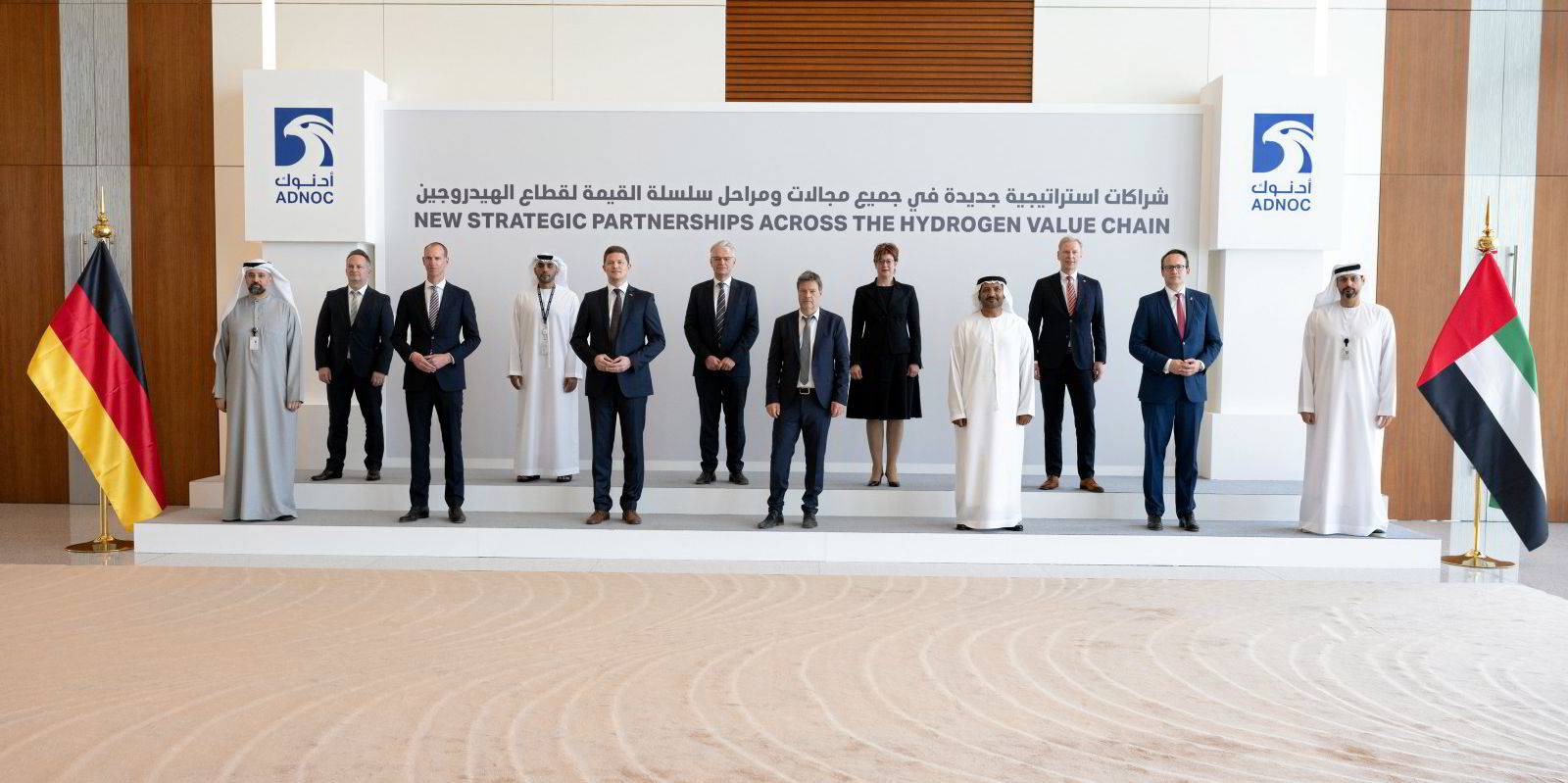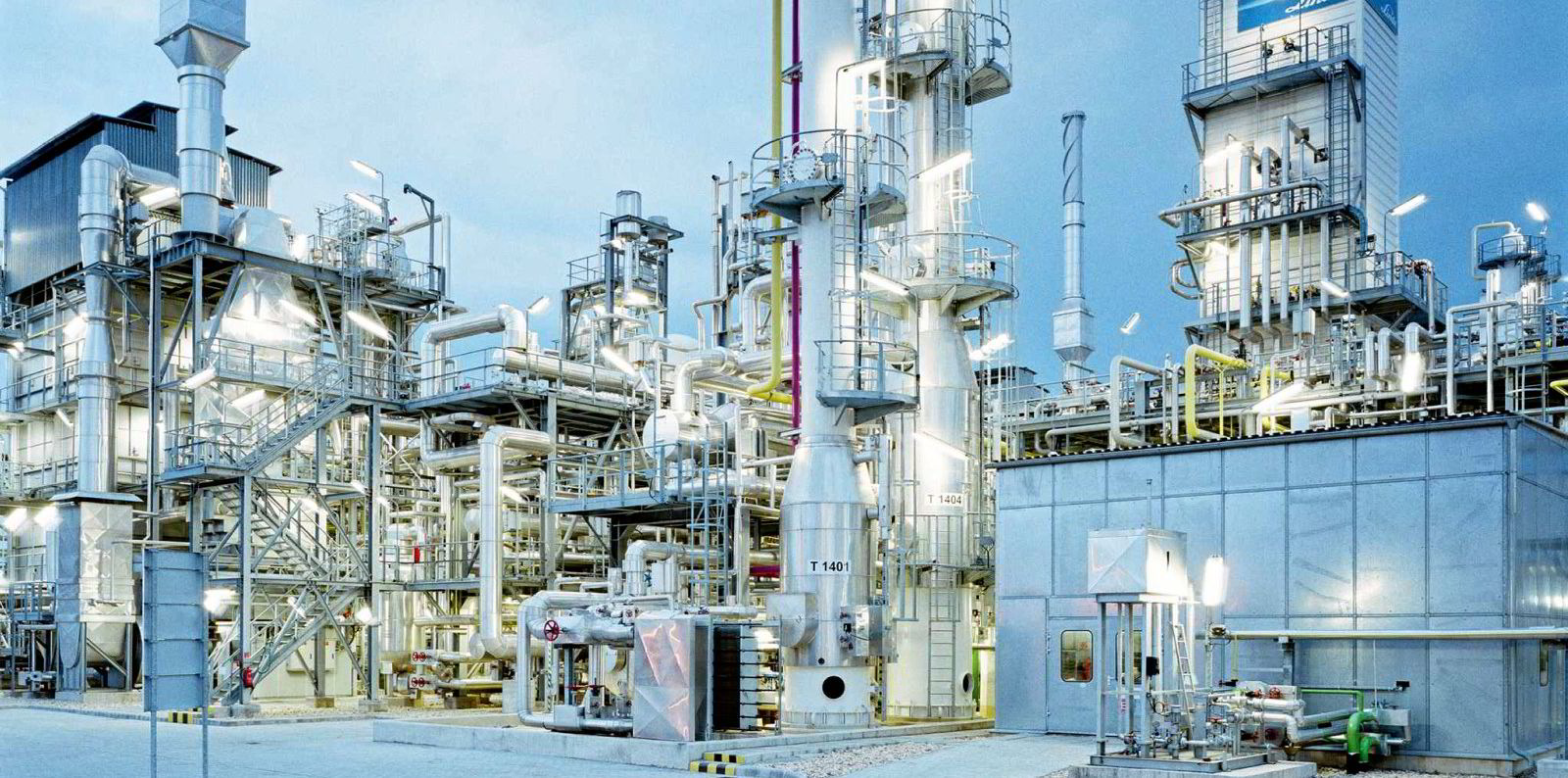More than 100 million tonnes of green hydrogen, and 50 million tonnes of blue H2, will be traded internationally each year by mid-century — by pipeline or ammonia ships — according to a new report by the International Renewable Energy Agency
Clean hydrogen production will need to grow from negligible levels today to 614 million tonnes per year by 2050 in order to keep global heating to 1.5°C above pre-industrial levels, according to a new report by the International Renewable Energy Agency (Irena).
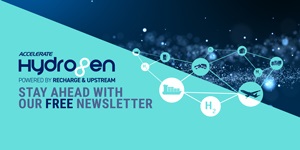
Two thirds of that hydrogen (409.3 million tonnes) would be produced from renewable energy, with the remaining third being blue — derived from natural gas with carbon capture and storage. Today, about 70-75 million tonnes of mainly grey hydrogen (derived from methane or coal) is produced globally each year.

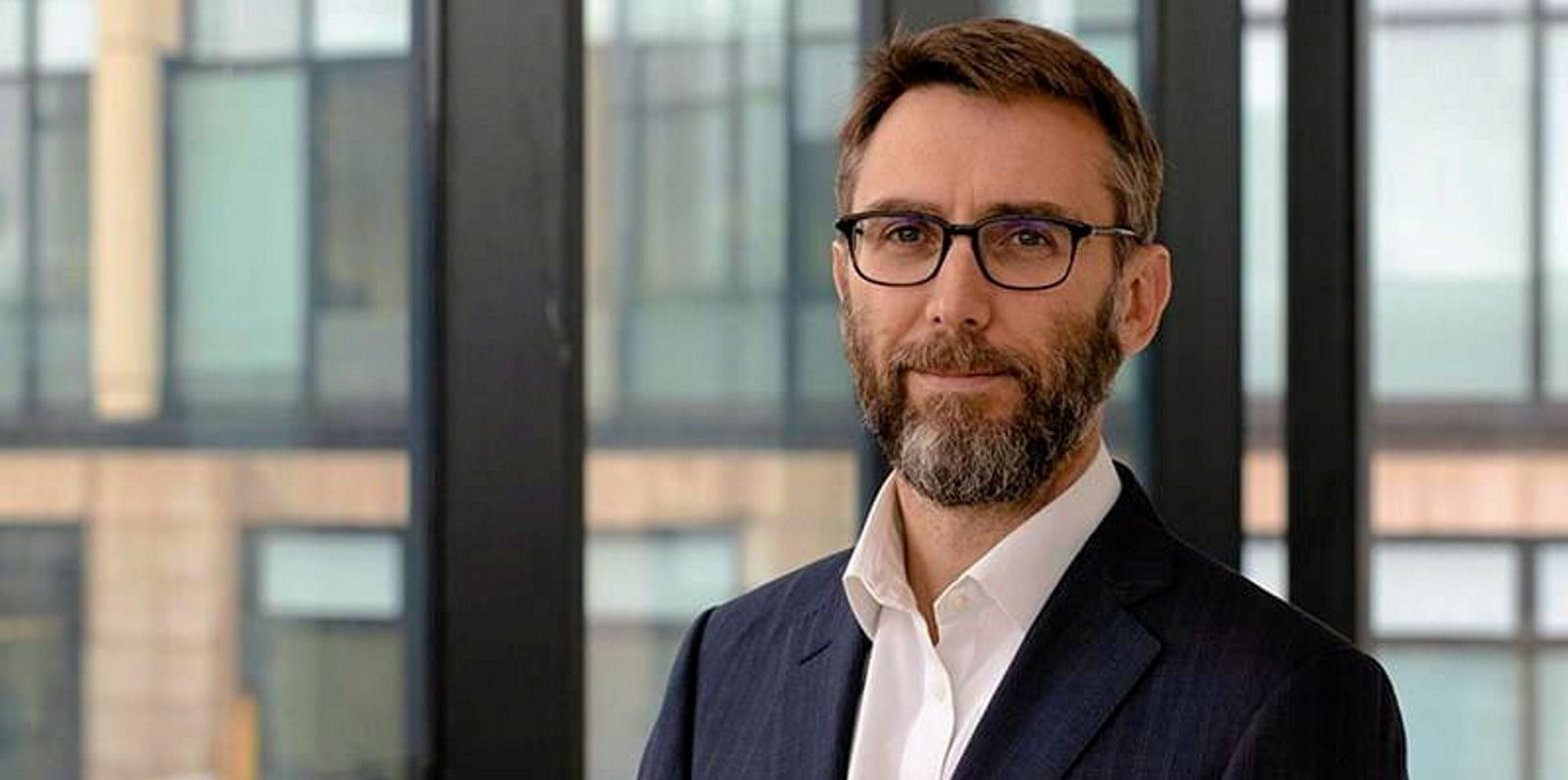
In 2050, about a quarter of all the hydrogen produced could be traded internationally, says the report, World Energy Transitions Outlook 2022, amounting to more than 100 million tonnes of green hydrogen, and more than 50 million tonnes of blue.
About half of these volumes would be traded via pipeline, with the other half transported by ammonia ships.
“Pure hydrogen is expected to be transported mainly using existing natural gas networks that are repurposed to carry hydrogen,” says the report. “They represent the cheapest option for transporting pure hydrogen, at costs of $0.08-0.12/kg per 1,000km in 2050.
“The costs of transporting hydrogen through new pipelines would be twice as high, at $0.16-0.24/kg for every 1,000km, but it would still be lower than shipping options for distances of 3,000-5,000km, according to Irena analysis.
“For longer distances or places without existing natural gas infrastructure, ammonia ships become the most attractive option.”
The report adds that liquid hydrogen will only have a niche role in global trade.
“The high equipment cost — as a result of cryogenic conditions and boil-off losses (which reduce the pathway efficiency) — limit its application,” it says, pointing to the need to store liquid hydrogen at temperatures below minus 253°C and the proportion that turns into a gas as it warms up on the journey.
Liquid organic hydrogen carriers (LOHC) such as toluene or methylcyclohexane would have an even smaller niche role, due to their “low hydrogen content, inherent high energy consumption for reconversion to hydrogen, small market size and high inventory cost”.
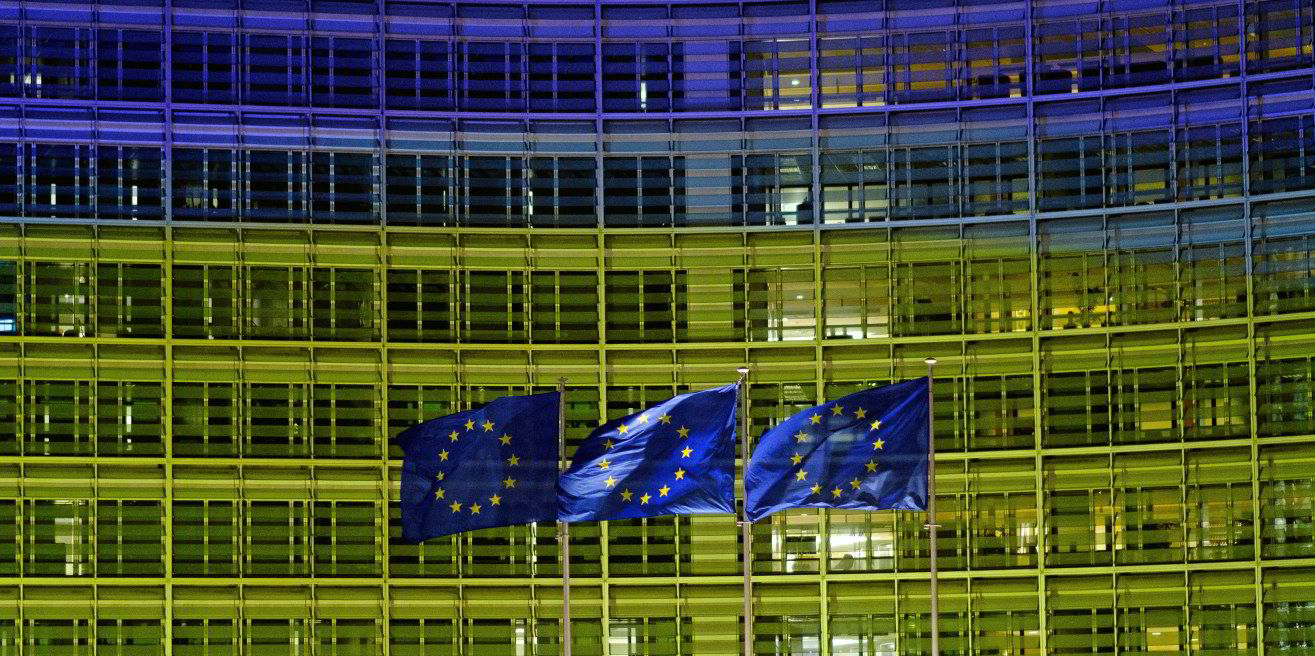
The report adds that 80% of the ammonia shipped globally would be used as ammonia — for fertiliser, chemical feedstock or as a marine fuel — rather than converted back to hydrogen.
“The most cost- and energy-intensive step is the reconversion back to hydrogen, which can be avoided by using the ammonia directly rather than as a hydrogen carrier.”
Recharge reached the same conclusions in its analysis of international hydrogen shipping back in January.
Which countries will benefit?
The Irena report adds that Chile, North Africa and Spain would together represent almost 75% of the global pipeline hydrogen trade.
“North Africa and Spain take advantage of their high-quality solar resources and proximity to northwest Europe, which has high hydrogen demand and poor renewable resources and leverage an existing natural gas network.”
It adds that Morocco, Australia and the US would together account for three quarters of the global ammonia trade market.
The UK, Russia, China, India, Latin America, the Middle East, Southeast Asia and South Africa would also export ammonia, according to a map presented in the report (pictured above). Only China would export hydrogen in its liquid form or in LOHC — to South Korea and Japan, it shows.
Japan, South Korea and non-EU European countries “are expected to import almost all of their hydrogen and ammonia demand”, the study adds.
The massive impact of borrowing costs
As about 60% of the levelised cost of green hydrogen (LCOH) comes from the price of electricity used to split water molecules into hydrogen and oxygen, countries with the highest solar irradiation and strongest winds — and therefore the cheapest wind and solar power — would theoretically produce the lowest cost green hydrogen.
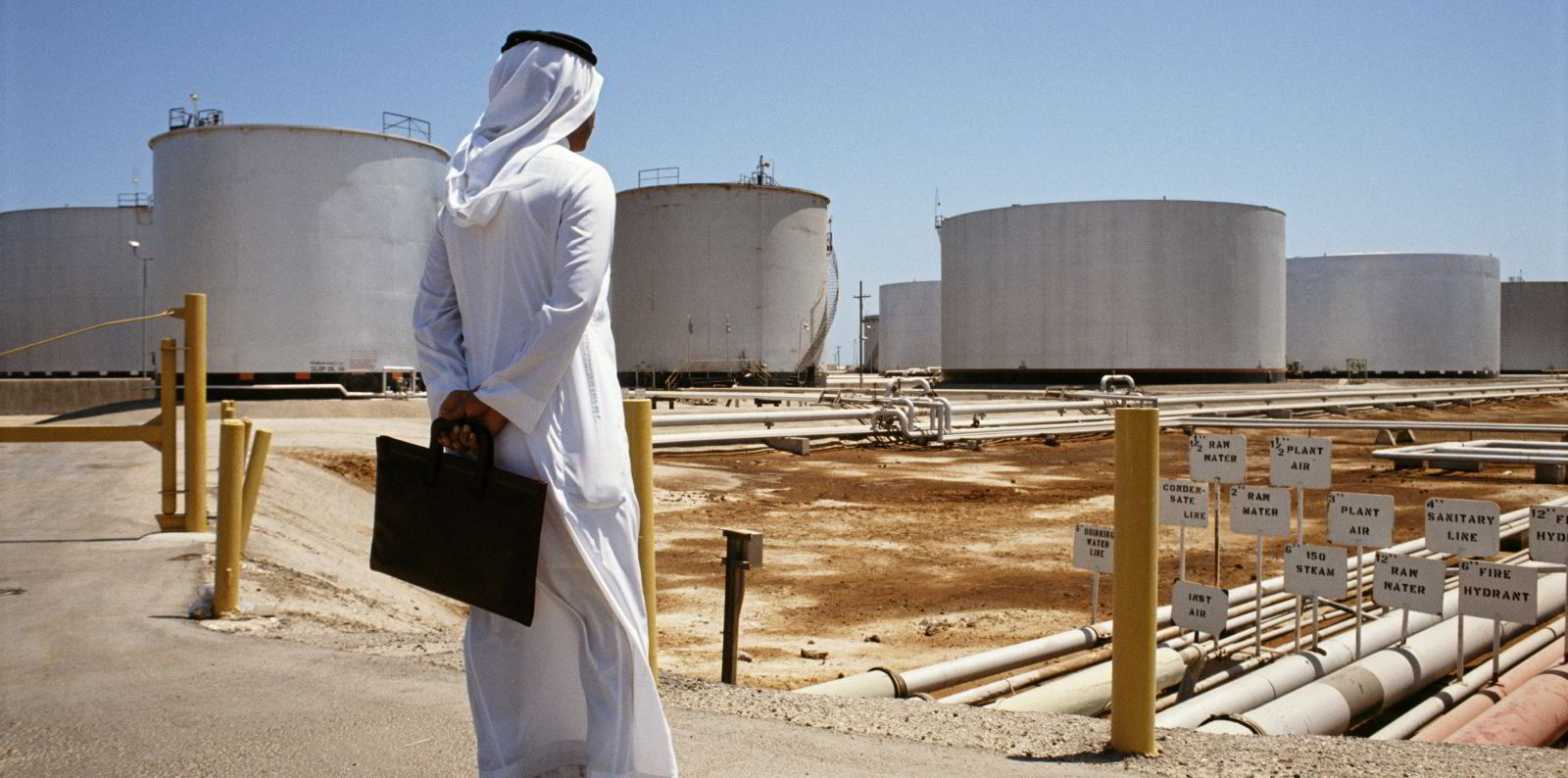
But the Irena report points out: “The places with the best resources in the world do not necessarily translate into the places with the cheapest hydrogen.
“Production cost is affected not only by the quality of the resource but also to a large extent by the capital expenditure [capex] and the WACC [weighted average cost of capital].”
In other words, the higher the interest rate in a particular country, the higher the levelised cost of hydrogen.
The Irena report illustrates this problem in its “same WACC” scenario, in which all countries have an identical cost of capital.
In this scenario, the Middle East and Latin America would nearly triple their green hydrogen production, with renewable H2 exports falling by 80% in Australia and more than 95% in Chile.
But the report points out that interest rates in particular nations could change.
“Countries that address industrial development, supportive policy and long-term certainty on the framework with ambitious decarbonisation targets, among other issues, will see low-cost capital flowing to them to take advantage of their renewable resources, creating economic growth and opportunities.”
And it adds that interest rates could be lower on a project-by-project basis.
“Large companies with solid balance sheets and access to low-cost capital can help develop competitive green hydrogen projects at costs well below the country values used in this analysis.
“For export-oriented investments, reliable off-takers can mitigate risks and reduce the cost of financing large projects.”
However, the report explains that by 2050, due to technology improvements and economies of scale, the cost differences between countries will become relatively small.
Other factors, such as diplomatic relationships and geopolitical considerations, “could play a larger role than relatively small cost differentials”, it adds.
https://www.rechargenews.com/energy-transition/this-is-what-the-massive-international-clean-hydrogen-trade-may-look-like-in-2050-irena/2-1-1192669




